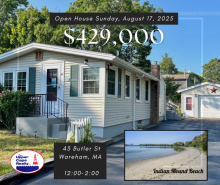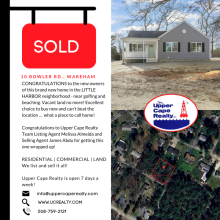Select Board sets 2017 residential, commercial tax rates
The Select Board did its best to soften the 2017 tax rate for homeowners at the November 14 meeting by raising the percentage of taxes that commercial and industrial properties will be responsible for.
While it is inevitable that the residential tax burden will increase every year, town officials focus on what they call “shift,” a unit that defines how much of the the taxes can be shifted onto commercial and industrial properties, explained Town Administrator David Cressman. Under state law, a shift cannot go beyond 1.5, he said.
Ultimately, the Select Board decided to adopt a 1.44 shift, which will raise residential taxes on a $298,500 home — which is the 2017 median assessment — by about $128, and the commercial and industrial rate would rise by $125 for a $501,000 business. This translates to a residential tax rate of $9.71 per $1,000 of value and a commercial and industrial rate of $15.47.
“There’s more of a tendency to increase the commercial tax rate so that the residential tax rate will go up less,” said Cressman.
The Select Board also approved a 10 percent exemption for small commercial businesses. Last year, 119 small businesses out of approximately 300 took advantage of the tax break, said the town’s assessor Richard Gonsalves.
The shift for FY2016 was set for 1.39. That means that in 2016, homeowners paid about $2,771 in taxes for a $281,600 residential property — which was the median assessment for a Dartmouth home — while the town collected $7,625 off of commercial and industrial properties valued at $501,000. To maintain the 1.39 shift, tax rates would have increased by about $160 for residential taxpayers — because of the assessment increase to $298,500 — while taxes on commercial and industrial properties would have dropped about $150.
While it isn’t unusual that commercial rates drop, over time, residents can end up subsidizing businesses, which is why the board opted for a higher shift, explained Select Board Vice Chair Frank Gracie. “The split tax rate was not designed to punish business,” he said, but to help homeowners.
Board member John Haran was the only member to oppose the proposal. He said he wanted to keep the 1.39 shift.
“I don’t want to punish business,” said Haran. He said maintaining a lower shift would attract businesses to relocate and hire in the area.
“Even at 1.44, we are much lower than other communities,” said Gracie.
Gonsalves explained that growth this year included 37 new houses; 60 new lots; a $3,640,300 plaza; and Lincoln Park, worth $2.6 million.













